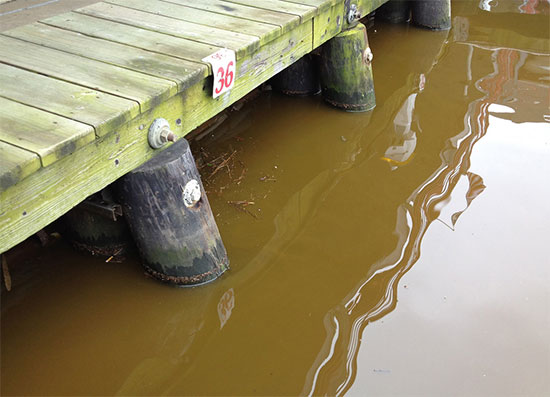Bay Program partners slow pollution flow into waterways
Simulations show that jurisdictions are reducing nutrient and sediment pollution.
Over the last three years, estimates indicate that communities across the Chesapeake Bay watershed have made big reductions to the pollution they are sending into rivers and streams.
As part of the Bay’s “pollution diet”—or Total Maximum Daily Load—the six Bay states, the District of Columbia and the U.S. Environmental Protection Agency (EPA) have curbed the amount of nutrients and sediment running off of land and into local waters. According to data released today by the Chesapeake Bay Program, simulations show that partners have achieved more than a quarter of their overall pollution reduction goals.

Between 2009 and 2012, nitrogen loads to the Bay decreased 18.5 million pounds, phosphorous loads to the Bay decreased 1.3 million pounds and sediment loads to the Bay decreased 431 million pounds.
Excess nitrogen and phosphorous can fuel the growth of harmful algae blooms that create “dead zones” and suffocate aquatic life. Excess sediment can block sunlight from reaching underwater grasses and suffocate shellfish.

But a number of land-based actions can reduce nutrient and sediment pollution. Towns and cities, for instance, can make technological upgrades to wastewater treatment plants and “green” roofs, sidewalks and parking lots to better capture stormwater runoff. Homeowners can install rain gardens in their backyards or plant big trees to boost forest cover in their neighborhoods. And farmers can protect streams from livestock and plant cover crops to hold soil in place.
Read more about reducing nitrogen, phosphorous and sediment in the Chesapeake Bay.

Comments
There are no comments.
Thank you!
Your comment has been received. Before it can be published, the comment will be reviewed by our team to ensure it adheres with our rules of engagement.
Back to recent stories